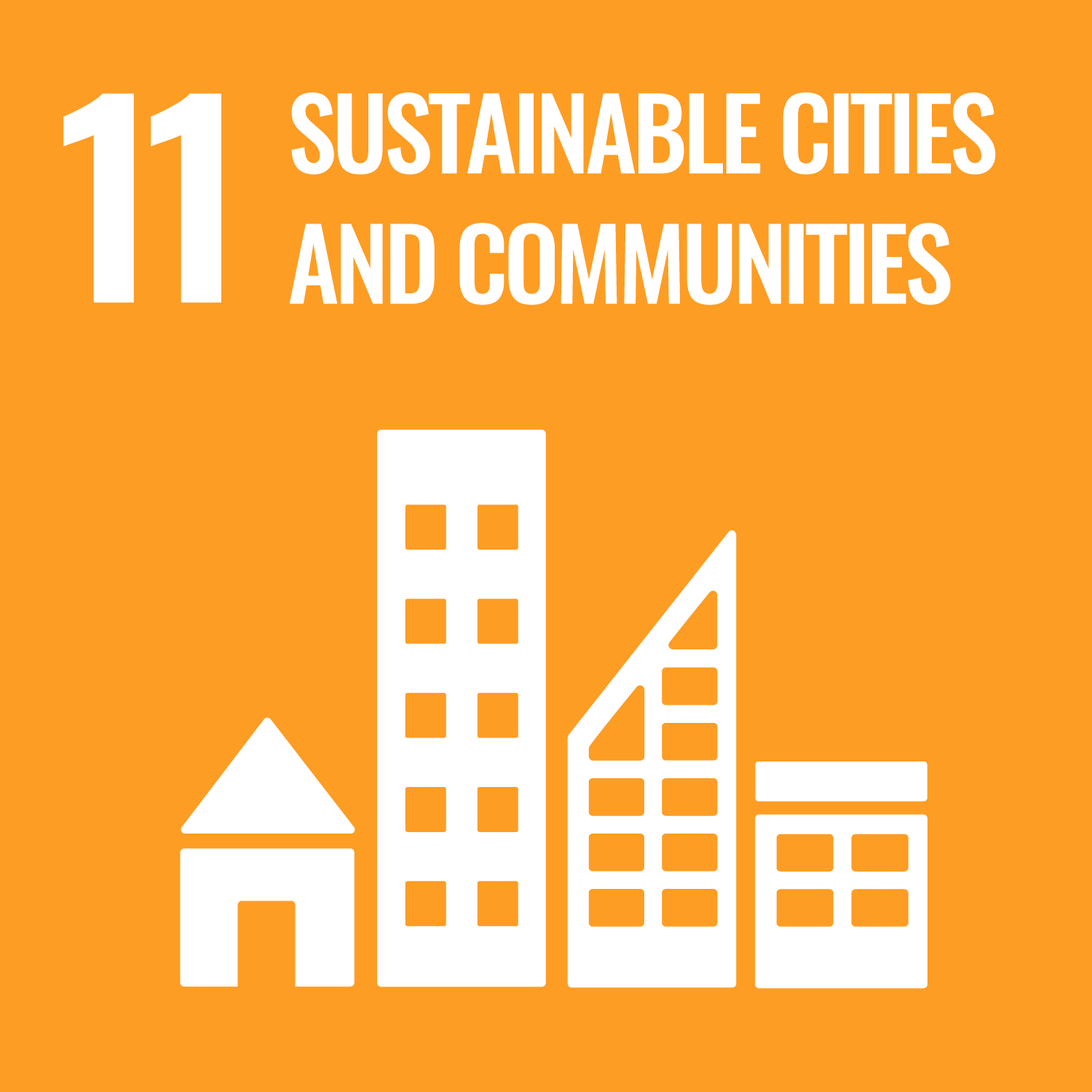Kushwaha, N.L., Sahoo, M. orcid.org/0000-0003-3552-4691 and Biwalkar, N. (2025) Machine learning approaches for assessing groundwater quality and its implications for water conservation in the sub-tropical capital region of India. Water Conservation Science and Engineering, 10 (1). 25. ISSN 2366-3340
Abstract
Groundwater is vital for urban areas, serving as a key source of water for domestic, industrial, and agricultural needs. Urban areas face increasing risks of groundwater contamination due to growing reliance on groundwater, with pollution arising from intensified human activity, including sewage leaks, industrial waste, and improper waste disposal. Consequently, assessing groundwater quality has become essential for ensuring sustainable water management. The present study is aimed at developing and evaluating four machine learning models, namely, support vector machine (SVM), random forest model (RFM), gradient boosting machine (GBM), and extreme gradient boosting (XGB), for groundwater quality prediction and developing spatial groundwater quality maps to guide conservation efforts for the highly polluted and urbanized National Capital Territory (NCT), Delhi, India. The model performances were assessed using six statistical indicators, i.e., Willmott’s index (WI), Nash Sutcliffe model efficiency coefficient (NSE), percent bias (PBIAS), mean absolute error (MAE), root mean square error (RMSE), and coefficient of determination (R2) and graphical representation, i.e., radar chart and Taylor diagram. Results revealed that the performance of the RFM model (WI = 0.850, NSE = 0.947, R2 = 0.938, PBIAS = 12.024, MAE = 45.912, and RMSE = 111.436) was superior to the SVM, GBM, and XGB models for prediction of GWQI. Interestingly, the SVM model shows significantly worse performances in predicting the GWQI. The outcomes of the present study will provide valuable insights for water policymakers, offering groundwater quality information to guide sustainable groundwater management and conservation efforts.
Metadata
| Item Type: | Article |
|---|---|
| Authors/Creators: |
|
| Copyright, Publisher and Additional Information: | © 2025 The Authors. Except as otherwise noted, this author-accepted version of a journal article published in Water Conservation Science and Engineering is made available via the University of Sheffield Research Publications and Copyright Policy under the terms of the Creative Commons Attribution 4.0 International License (CC-BY 4.0), which permits unrestricted use, distribution and reproduction in any medium, provided the original work is properly cited. To view a copy of this licence, visit http://creativecommons.org/licenses/by/4.0/ |
| Keywords: | Water conservation; GWQI; Random forest; Urban water management; Taylor diagram |
| Dates: |
|
| Institution: | The University of Sheffield |
| Academic Units: | The University of Sheffield > Faculty of Engineering (Sheffield) > School of Mechanical, Aerospace and Civil Engineering |
| Depositing User: | Symplectic Sheffield |
| Date Deposited: | 06 May 2025 07:56 |
| Last Modified: | 06 May 2025 07:56 |
| Status: | Published |
| Publisher: | Springer Science and Business Media LLC |
| Refereed: | Yes |
| Identification Number: | 10.1007/s41101-025-00348-1 |
| Sustainable Development Goals: | |
| Open Archives Initiative ID (OAI ID): | oai:eprints.whiterose.ac.uk:226284 |


 CORE (COnnecting REpositories)
CORE (COnnecting REpositories) CORE (COnnecting REpositories)
CORE (COnnecting REpositories)